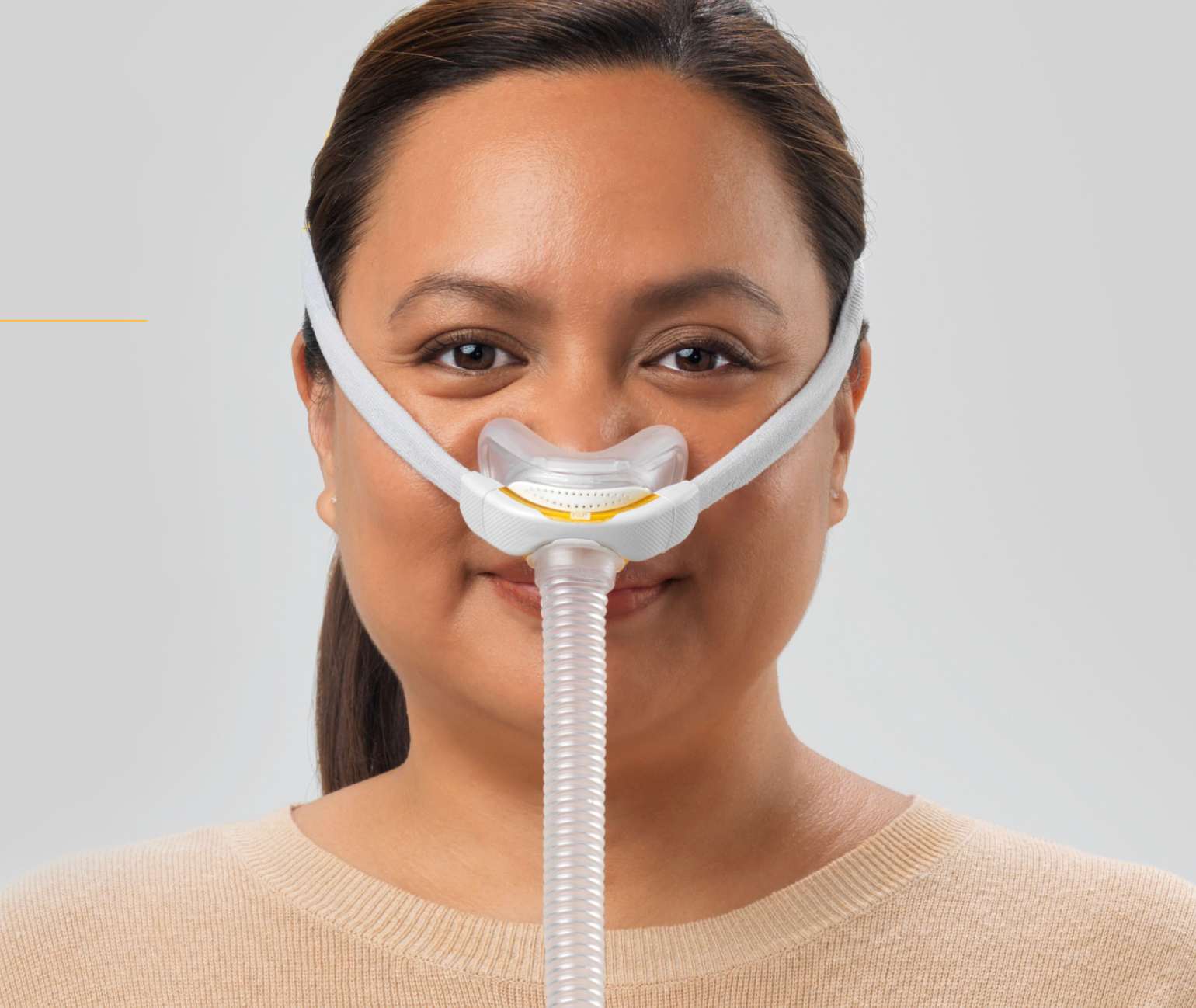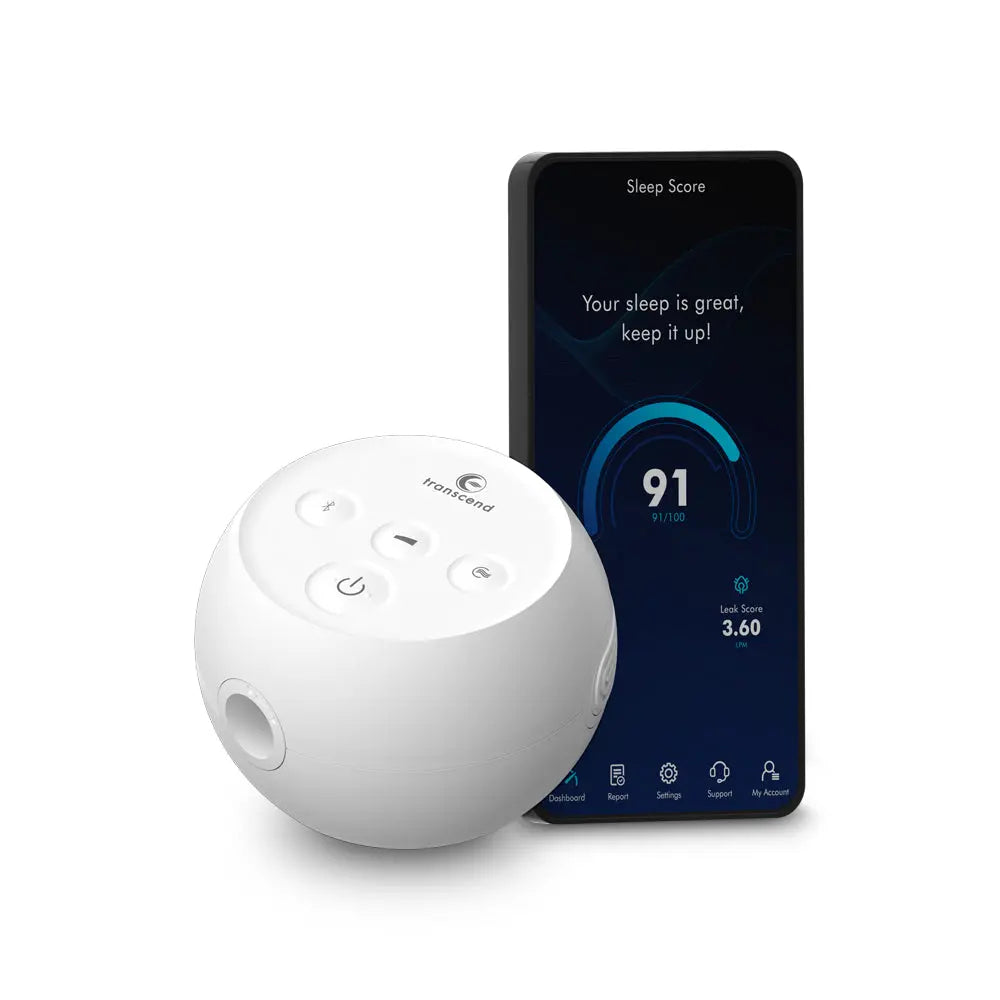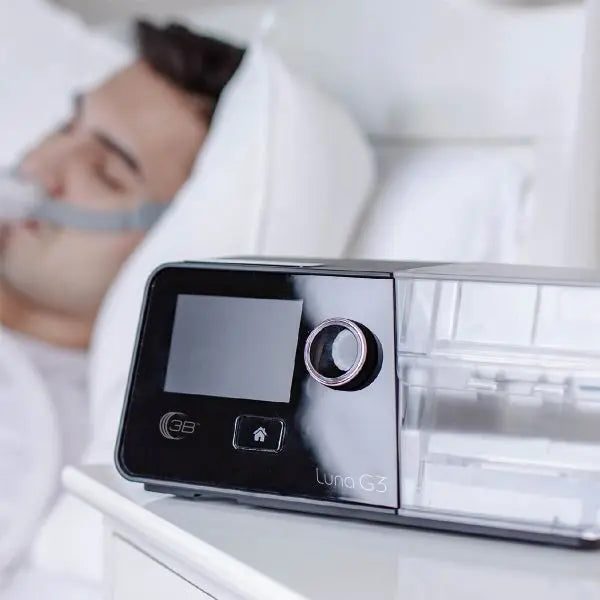From Causes to Cutting-Edge Solutions: The Evolution of Sleep Apnea Treatment
Introduction
Sleep apnea, a chronic condition characterized by pauses in breathing during sleep, has long been a subject of medical scrutiny. With its wide-ranging health implications—from daytime fatigue and cardiovascular stress to cognitive impairments—the need to understand both its causes and effective treatments has never been more pressing. This blog provides an in-depth exploration of what causes sleep apnea, how treatment modalities have evolved over time, and why the focus on weight loss and continuous positive airway pressure (CPAP) therapy remains paramount. Special emphasis is placed on industry-leading manufacturers like ResMed and Fisher & Paykel, as well as USCPAP.com’s personalized service provided by three licensed respiratory therapists.
The Causes of Sleep Apnea
Anatomical Factors
Many cases of sleep apnea, particularly obstructive sleep apnea (OSA), stem from physical obstructions in the airway. Factors include:
- Enlarged Tissues: Enlarged tonsils or adenoids can contribute to the blockage.
- Jaw Structure: A recessed chin or small jaw can narrow the airway.
- Neck Circumference: A thicker neck often indicates a higher risk due to extra soft tissue around the airway.
Lifestyle and Weight Considerations
Weight plays a critical role in the development of sleep apnea:
- Obesity: Excess body fat, particularly around the neck, can put pressure on the airway.
- Inflammatory Factors: Excess weight can lead to systemic inflammation, potentially exacerbating airway swelling.
- Metabolic Syndrome: Often linked to obesity, metabolic disturbances can affect respiratory function during sleep.
These insights have shaped modern treatment approaches, with a dual focus on lifestyle modifications and mechanical support.
Evolution of Treatment Modalities
Historical Perspectives
Historically, the management of sleep apnea included invasive procedures and experimental devices. Surgical interventions aimed at removing excess tissue or restructuring the airway were once common, yet they carried risks and were not universally effective.
The Rise of Weight Loss Strategies
As research unveiled the significant role of obesity in sleep apnea, weight loss emerged as a cornerstone of non-invasive treatment:
- Diet and Exercise: Lifestyle modifications that promote weight reduction have proven beneficial in lessening the severity of sleep apnea.
- Behavioral Therapy: Counseling and structured weight management programs have been integrated into patient care.
- Complementary Approach: Weight loss is now seen as a vital complement to mechanical interventions, improving overall health and potentially reducing CPAP dependency over time.
The Advent and Refinement of CPAP Therapy
Continuous Positive Airway Pressure (CPAP) therapy revolutionized sleep apnea treatment by providing a non-invasive means to keep the airway open:
- Mechanism of Action: CPAP machines deliver a constant stream of pressurized air, preventing airway collapse.
- Customization: Modern CPAP devices, especially from leading manufacturers like ResMed and Fisher & Paykel, offer adjustable settings to suit individual patient needs.
- Technological Advancements: Innovations include quieter motors, advanced humidification, and adaptive pressure controls, enhancing comfort and adherence.
CPAP therapy remains the gold standard for treating moderate to severe sleep apnea. Its effectiveness, however, is closely tied to proper equipment selection and ongoing patient support.
Spotlight on Industry Leaders
ResMed and Fisher & Paykel
Both ResMed and Fisher & Paykel have been at the forefront of CPAP innovation:
- ResMed: Known for its high-quality, user-friendly devices, ResMed continuously pushes the envelope in technology, ensuring patients have access to reliable, comfortable, and effective CPAP solutions.
- Fisher & Paykel: Renowned for their advanced humidification systems and patient-centric design, Fisher & Paykel CPAP machines provide enhanced comfort, thereby increasing patient adherence to therapy.
USCPAP.com: Personalized Patient Care
USCPAP.com differentiates itself by coupling quality products with expert guidance:
- Expertise at Your Fingertips: Boasting a team of three licensed respiratory therapists, USCPAP.com provides personalized equipment selection advice. This expertise ensures that each patient receives a CPAP device that is tailored to their unique clinical needs and lifestyle preferences.
- Comprehensive Support: The involvement of respiratory therapists not only aids in equipment selection but also offers ongoing support and troubleshooting, crucial for long-term treatment success.
Integrating Weight Loss and CPAP Therapy
The synergy between weight loss and CPAP therapy exemplifies the modern, multifaceted approach to managing sleep apnea:
- Dual-Approach Benefits: While CPAP offers immediate relief by mechanically preventing airway collapse, weight loss addresses one of the root causes, potentially diminishing the overall severity of the condition.
- Long-Term Health: Combined, these strategies contribute to better cardiovascular health, improved sleep quality, and an enhanced quality of life.
- Patient Empowerment: Education on the importance of lifestyle changes alongside the use of advanced CPAP technology empowers patients to take an active role in managing their sleep apnea.
Conclusion
The treatment of sleep apnea has come a long way from invasive procedures to innovative, patient-friendly interventions. The emphasis on weight loss as a fundamental lifestyle change, together with the advancements in CPAP technology—exemplified by industry leaders like ResMed and Fisher & Paykel—highlights a modern, holistic approach to care. Moreover, the dedicated team of licensed respiratory therapists at USCPAP.com ensures that patients receive personalized, expert advice tailored to their specific needs. As research continues to unfold, these combined strategies offer promising avenues for enhanced treatment outcomes and improved overall health for those living with sleep apnea.
Bibliography
- American Academy of Sleep Medicine. (2014). The AASM Manual for the Scoring of Sleep and Associated Events: Rules, Terminology, and Technical Specifications. American Academy of Sleep Medicine.
- Peppard, P. E., et al. (2013). "Increased Prevalence of Sleep-Disordered Breathing in Adults." American Journal of Epidemiology, 177(9), 1006–1014. https://doi.org/10.1093/aje/kws342
- Young, T., et al. (2002). "The Occurrence of Sleep-Disordered Breathing among Middle-Aged Adults." New England Journal of Medicine, 328(17), 1230–1235. https://doi.org/10.1056/NEJM200204253281707
- Kushida, C. A., et al. (2006). "Practice Parameters for the Use of Continuous and Bilevel Positive Airway Pressure Devices to Treat Adult Patients with Sleep-Related Breathing Disorders." Sleep, 29(3), 375–380. https://doi.org/10.1093/sleep/29.3.375
- Dempsey, J. A., et al. (2010). "Pathophysiology of Sleep Apnea." Physiological Reviews, 90(1), 47–112. https://doi.org/10.1152/physrev.00042.2008
- National Heart, Lung, and Blood Institute. (2017). "What Is Sleep Apnea?" https://www.nhlbi.nih.gov/health/sleep-apnea








Leave a comment
This site is protected by hCaptcha and the hCaptcha Privacy Policy and Terms of Service apply.